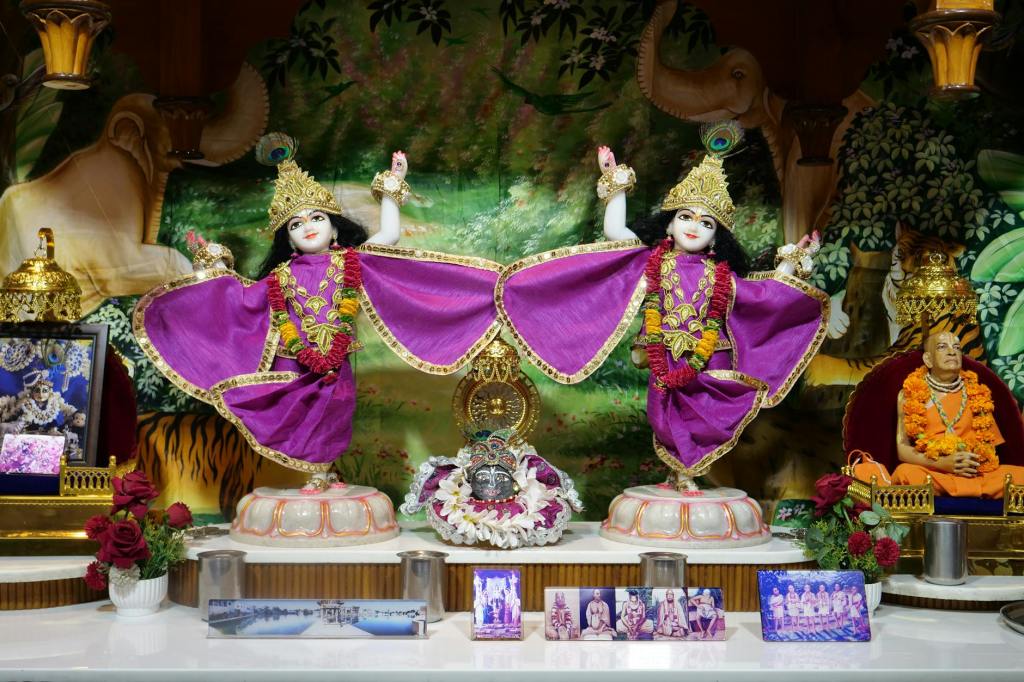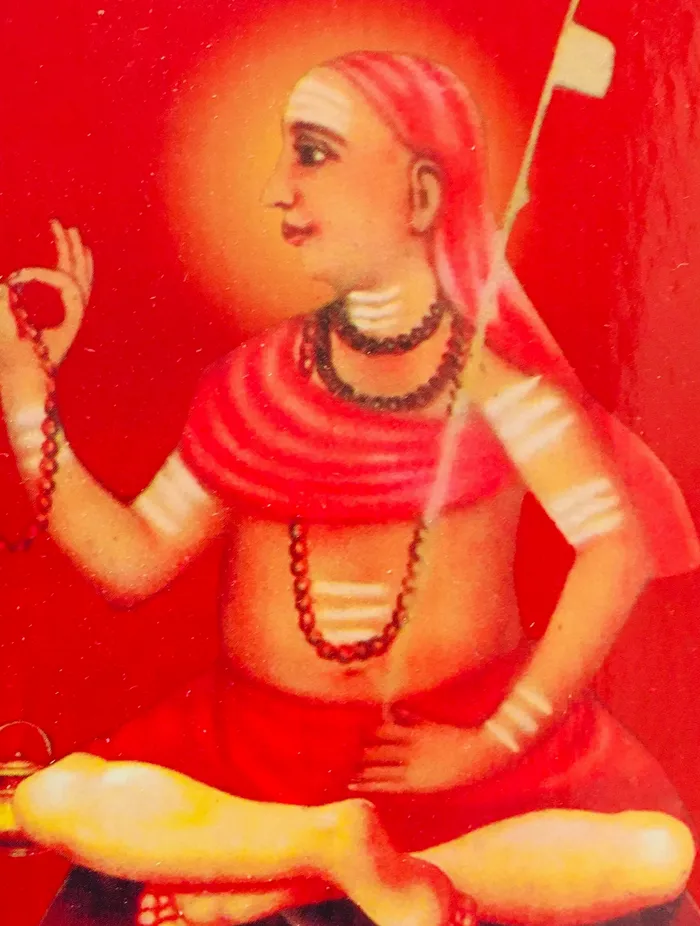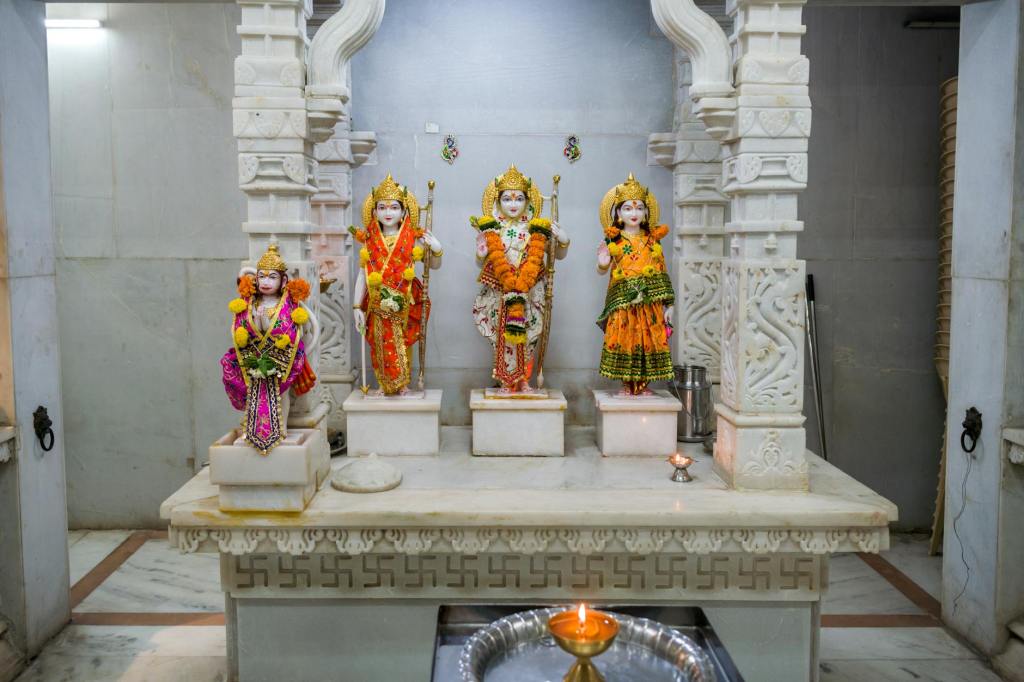In many spiritual traditions, green is often associated with growth, renewal, and harmony. In Hinduism, it symbolizes life and is associated with the deity Krishna, who represents divine love and consciousness. Green is also associated with the heart chakra, which is related to love and compassion.
In ancient Egypt, green was the symbol of fertility and was associated with the god Osiris, who was the god of resurrection and the afterlife.
In Western cultures, green is often associated with nature and the environment and is seen as a calming and restorative color. It is also associated with growth and stability and is used in marketing to convey a sense of growth and abundance.
- Spiritual Meaning of Green Color
- 10 Spiritual Benefits of Green color
- Importance of Green color in Western cultures
- Meaning of Green color in Eastern religions
- Spiritual meaning of green heart
- Emerald green spiritual meaning
- Spiritual meaning of green in Vedic astrology
- 10 uses of green color in everyday life
- Conclusion
In psychology and psychiatry, green is sometimes used in therapy to promote relaxation and to help patients who are experiencing anxiety or stress. The color is believed to have a calming effect on the mind and body and is often used in color therapy to help people overcome feelings of anxiety, depression, and stress.
Overall, the spiritual meaning of green is diverse and varies between cultures and traditions, but it is often associated with growth, renewal, harmony, and balance.
Spiritual Meaning of Green Color
In Hinduism, green is associated with several important and revered aspects of the religion.
One of the most prominent is the association with the god Vishnu. Vishnu is often depicted holding a conch shell and a discus, both of which are green in color. He is also said to be the preserver of the universe and is often depicted as a peaceful and benevolent deity. The green color associated with Vishnu is said to symbolize growth, rejuvenation, and the abundance of life.
Another important association of green in Hinduism is with the goddess Lakshmi. Lakshmi is the goddess of wealth, prosperity, and good fortune. She is often depicted sitting on a lotus flower, which is green in color, and is surrounded by green foliage. The green color associated with Lakshmi symbolizes abundance, prosperity, and new beginnings.
In Hinduism, green is also associated with the earth and nature. The lush green forests, fields, and vegetation are seen as a representation of the abundance and fertility of the earth, which is the source of all life. Green is also associated with the seasons, particularly the monsoon season, which is considered the most important time of the year for agriculture and fertility.
In addition, green is associated with the Hindu concept of dharma, which refers to one’s moral and ethical duty in life. The green color is said to represent the growth and evolution of the soul as it strives to fulfill its dharma and reach enlightenment.
In Hinduism, green is also associated with the sage Narada, who is known for his devotion to the god Vishnu. Narada is often depicted wearing green robes and carrying a green vina (stringed musical instrument). The green color associated with Narada symbolizes his devotion, wisdom, and spirituality.
Finally, green is also associated with the Hindu festival of Holi, which is celebrated in the spring and marks the arrival of spring and new beginnings. During Holi, people throw colored powders and sprays of colored water on each other, and the color green is often used to symbolize growth and new beginnings.
In conclusion, green is a significant and revered color in Hinduism, with a rich and varied spiritual significance. It is associated with important aspects of the religion, such as Vishnu, Lakshmi, nature, dharma, Narada, and Holi, and symbolizes growth, rejuvenation, abundance, prosperity, new beginnings, wisdom, spirituality, and moral and ethical duty.
Spiritual Meaning of Green in Yoga, Tantra, Ayurveda and Siddha
In Indian spirituality, green is considered a symbol of life, growth, and prosperity. It is associated with the Heart Chakra (Anahata) and is believed to bring balance, harmony, and peace to the mind and body.
In Yoga, green is associated with the heart and is seen as a color of love, compassion, and healing. It is believed to help practitioners cultivate feelings of love, compassion, and acceptance towards themselves and others.
In Tantra, green is seen as a representation of the goddess Shakti and is associated with the sacred feminine energy. It is believed to bring healing, rejuvenation, and creativity to those who meditate on it.
In Ayurveda, green is associated with the Kapha Dosha, which represents the elements of earth and water. It is believed to bring balance and stability to the body and mind, and is said to be especially helpful for those with an excess of the Kapha Dosha.
In Sidha, green is associated with the Ether (Akasha) element and is believed to bring clarity and peace to the mind and body. It is said to help practitioners connect with the divine and reach higher states of consciousness.
Overall, green is seen as a color of growth, renewal, and balance in Indian spirituality, with different traditions putting their own unique spin on its significance and benefits.
10 Spiritual Benefits of Green color
- Promotes balance and harmony – Green is associated with nature and is often seen as a symbol of growth and harmony, which can help to balance the mind and body.
- Encourages peace and calmness – The color green is often associated with tranquility and peace, making it an ideal color for meditation and mindfulness practices.
- Boosts creativity and self-expression – Green is the color of creativity and self-expression, making it a great color for artists, writers, and other creatives who need to tap into their inner selves.
- Improves physical and mental well-being – Green is believed to have a healing effect on both the mind and body, making it a great color for anyone looking to improve their overall health and wellness.
- Fosters emotional stability – Green is associated with stability and grounding, making it a great color for anyone seeking to cultivate emotional balance and stability.
- Enhances intuition and inner wisdom – Green is often seen as a color of intuition and inner wisdom, making it a great color for anyone looking to tap into their inner voice and make decisions based on their own instincts.
- Promotes abundance and prosperity – Green is often associated with abundance, prosperity, and growth, making it a great color for anyone looking to cultivate these qualities in their life.
- Encourages growth and renewal – Green is the color of growth and renewal, making it a great color for anyone looking to make positive changes in their life or move forward in a new direction.
- Increases focus and productivity – Green is a calming color that can help to increase focus and productivity, making it a great color for anyone who needs to get work done or tackle challenging tasks.
- Inspires hope and positivity – Green is a hopeful and optimistic color that can help to boost mood and inspire positive thoughts and feelings, making it a great color for anyone looking to cultivate a more positive outlook on life.
Importance of Green color in Western cultures
In Western cultures, green is often associated with growth, renewal, and prosperity. It is considered to be a calming and soothing color, and is believed to promote balance and harmony. Green is also often associated with nature and the environment, and is seen as a symbol of hope and renewal. In marketing, green is often used to convey a sense of eco-friendliness and sustainability. In psychology, green is thought to have a calming effect and is sometimes used in therapy to help people relax and reduce stress. In color therapy, green is believed to have a balancing effect on both physical and emotional health, and is said to help soothe the nervous system and promote emotional stability.

Meaning of Green color in Eastern religions
Green holds a significant meaning in many Eastern religions, including Hinduism, Buddhism, and Taoism.
In Hinduism, green is associated with life and renewal, as well as the Hindu god Lord Krishna who is often depicted wearing a green garment and playing a flute. Green also represents the goddess of wealth, Lakshmi, who is worshiped for abundance, prosperity, and material comfort.
In Buddhism, green is a symbol of growth and fertility, as well as the bodhisattva of compassion, Kuan Yin, who is often depicted wearing green robes. Green also represents the heart chakra in Buddhist and Hindu spiritual traditions, symbolizing love, compassion, and the ability to heal emotional pain.
In Taoism, green is considered a color of good fortune, peace, and abundance, as well as the Taoist deity, the Jade Emperor, who is said to have the power to bless individuals with good luck, peace, and prosperity.
In these Eastern spiritual traditions, green is seen as a color of healing and nourishment for both the body and the soul, representing growth, balance, and harmony in one’s life.
Spiritual meaning of green heart
The green heart is a symbol of love, growth, and life. It is also associated with the heart chakra, which represents love, compassion, and our connection to others. In spiritual beliefs, a green heart can symbolize one’s ability to heal and nourish themselves and others. It is also seen as a symbol of hope and renewal, as it relates to growth and renewal in nature. In some traditions, the green heart represents the balance between material and spiritual pursuits, reminding individuals to seek inner peace and connection to the divine.
Emerald green spiritual meaning
In various spiritual and cultural traditions, emerald green is often associated with healing, growth, and abundance. In Hinduism, the emerald is regarded as a symbol of life and is associated with the goddess of wealth and prosperity, Lakshmi. In Buddhism, emerald green is sometimes seen as a symbol of enlightenment and is used to represent the path towards inner peace. In the Western world, emerald green is associated with the heart chakra and is seen as a color that promotes love, compassion, and emotional balance. Additionally, the rich green hue of emeralds is believed to have a calming and grounding effect, making it a popular choice for spiritual jewelry and talismans. Overall, the spiritual meaning of emerald green can be seen as a symbol of growth, abundance, and healing energy.
Spiritual meaning of green in Vedic astrology
In Vedic Astrology, green is considered to be a sacred color and is associated with the planet Mercury (Budh in Sanskrit). Mercury is the planet of communication, intelligence, education and is considered to be auspicious. The color green is also considered to be lucky and is thought to bring good fortune, wealth and prosperity. In Hinduism, green is the color of Lord Vishnu, one of the three major gods in the Hindu pantheon. It is believed that the color green represents fertility, growth, and life-giving energy. In the Hindu scriptures, the color green is often associated with new beginnings, renewal and growth, which is why it is commonly used in Hindu festivals and ceremonies.
10 uses of green color in everyday life
- Used in agriculture and gardening to symbolize growth, fertility and freshness.
- In interior design, green is often used to create a calming and peaceful atmosphere in a room.
- The green color of the leaves is often used to represent nature and the environment.
- In fashion and accessories, green is used to convey a sense of growth and harmony.
- In branding and advertising, green is often used to represent eco-friendliness, health and wellness.
- In sports, green is often used to represent athleticism, strength, and energy.
- In the food industry, green is used to convey the natural and healthy ingredients in a product.
- In traffic signals, green is used to indicate that it’s safe to proceed.
- In the gaming industry, green is often used to symbolize money and good fortune.
- In medicine and healthcare, green is used to represent healing, growth and rejuvenation.
Conclusion
In conclusion, green color has a rich spiritual and cultural significance across various traditions and beliefs. From Hinduism to Western cultures, green is considered as a symbol of growth, abundance, and stability. It is associated with healing and balance in Ayurveda and Tantra, and with wealth and prosperity in Vedic astrology. Green is also an important color in daily life, serving various purposes, such as creating a peaceful environment, promoting growth and well-being, and representing nature and life.






3 responses to “Spiritual Meaning of Green”
[…] Spiritual meaning of Green […]
LikeLike
[…] Spiritual meaning of Green […]
LikeLike
[…] Spiritual meaning of Green […]
LikeLike